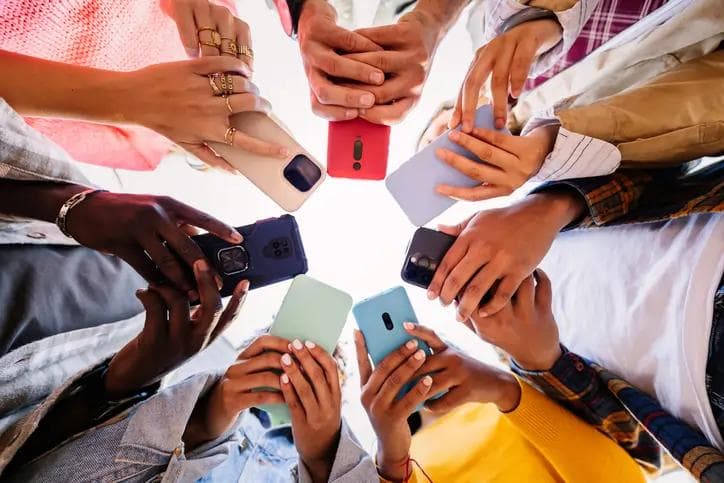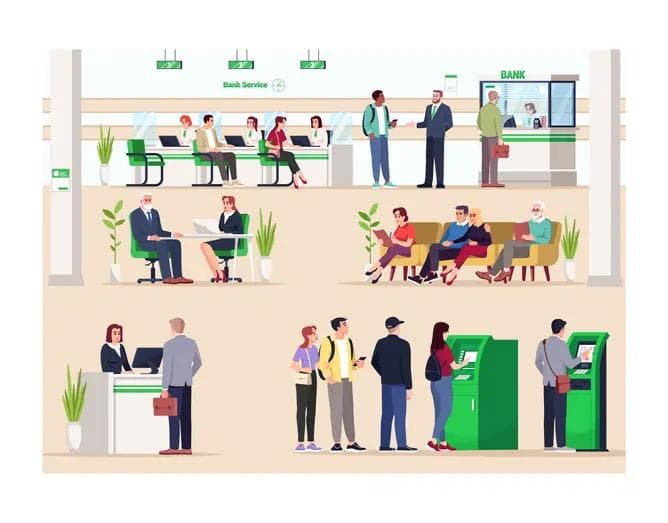Link Money’s Piret Loone: Insights into Pay-by-Bank and where it’s headed in 2024
Link Money’s Piret Loone: Insights into Pay-by-Bank and where it’s headed in 2024
Published by Jessica Weisman-Pitts
Posted on February 27, 2024

Published by Jessica Weisman-Pitts
Posted on February 27, 2024

Link Money’s Piret Loone: Insights into Pay-by-Bank and where it’s headed in 2024
By Piret Loone, Chief Business Officer and General Counsel, Link Money
How will Pay by Bank evolve in 2024?
We believe 2024 will truly be the year of Pay by Bank, as it is a secure and low-cost payment method. While adoption of Pay by Bank has been slower in the US compared to other nations, 2023 served as a pivotal year for the technology. Merchant and regulatory interest in Pay by Bank has spiked, and it is now becoming a headline topic in fintech. High-profile companies including Uber, Verizon, Radial and J.P. Morgan have all announced their adoption of Pay by Bank this year, and many more companies are exploring it seriously.
On the regulatory side, the Consumer Financial Protection Bureau (CFPB) recently announced a rule that will accelerate the shift to open banking through regulatory requirements that will be finalized in 2024. The rule aims to increase adoption rates, safeguard financial privacy and eliminate current barriers that are preventing merchants from going “all in” on the technology.
Because Pay by Bank in the U.S. is only feasible given a robust open banking solution, which is necessary to verify accounts and prevent fraud, this regulatory attention is much appreciated by the industry. As Pay by Bank continues to make its way to the forefront, consumers will also increasingly seek it out, especially if offered the right incentives.
What challenges will Pay by Bank likely face in 2024?
One of the greatest challenges facing Pay by Bank continues to be our collective entrenched reliance on credit cards in the U.S. Consumers and merchants alike are accustomed to using credit cards, and like any other substantial change, there is bound to be resistance. In addition, the U.S. generally depends on private-sector advancements for technology adoption. Unlike the EU and other nations, adoption of Pay by Bank in the U.S. will depend on new players, innovators and increased competition – something that will not happen overnight. The challenge here is also on Pay by Bank providers to make their product as seamless, frictionless and easy to use as credit cards and for merchants to potentially offer loyalty programs and incentives.
What will increased Pay by Bank adoption mean for consumers? Merchants?
Increased Pay by Bank adoption will decrease merchants’ expenses by up to 70 percent. At up to three-and-a-half percent, the U.S. has the highest payment processing fees in the world, and they are increasing. Merchants are clearly fed up with these fees, which can cut deeply into profits. Many have been seeking alternative routes – like offering discounts for cash payments – which is simply not a scalable solution or possible in the context of e-commerce. While a nail salon or a restaurant can ask for cash payments on the spot, online retailers obviously cannot.
For consumers, increased adoption of Pay by Bank will enable them to gain a more holistic look at their finances and take steps toward avoiding debt. Pay by Bank allows consumers to spend only what they have in their bank accounts, eliminating the temptation to borrow money they don’t have for non-necessities. While many consumers understandably enjoy their credit card rewards such as airline miles, a majority of the consumers either cannot afford yearly fees charged by reward cards or do not spend enough for the rewards to make much of a difference in their bottom line. As such, rewards benefit the more well-off demographic, but a wider adoption of Pay by Bank could lower costs for everyone.
If the CCCA goes through, what will it mean for consumers? Merchants?
The chance of CCCA passing remains fairly low because of the intense lobbying by the large card networks. However, it does have some bipartisan support. Its stated purpose is to increase competition through requiring big banks to offer merchants a choice of which networks they select for credit card processing. Under the proposed CCCA, banks would be mandated to enable card payments to be routed over at least one network that competes with Visa and Mastercard. That already exists for debit. However, it took acquirers years to comply and merchants years to optimize. Building a new network would take decades, and acquirers would have a lot of lift integrating for limited additional margin benefit. The main benefit would be those who could do it quicker might win more deals.
Further, it will require wholesale re-writing of hundreds of millions of contracts. This is far from costless and will be borne by issuers and merchants, and to some extent consumers, as the costs are passed down. Eventually, there will also be a redistribution of revenue, so credit card loyalty programs, especially Visa and Mastercard’s lucrative co-branded cards with major airlines, might be at risk or would require major retooling.
What industries will be most likely to adopt Pay by Bank in 2024?
Pay by Bank is ideal in industries where repeat purchases are common – preferably with transaction amounts above $10 to $15 each. For instance, subscription-based services like Netflix or Spotify; app-based ordering; insurance providers; and charities or government entities where regular payments occur. It is also a particularly good fit for merchants with large transactions – there is adoption and significant interest in ticketing, travel and hospitality, furniture, luxury goods, etc., where the cost savings and fraud prevention benefits are notable. Eventually, we will see Pay by Bank everywhere in e-commerce.
How will BNPL grow in 2024? Other notable payment methods?
BNPL saw tremendous growth in 2023. However, this does not change the fact that there are some serious systemic problems with the payment method. The BNPL business model is built on extending high-risk loans. It is risky for financially vulnerable consumers and exorbitantly costly for merchants. Regulatory scrutiny has increased in this space: the CFPB as well as state agencies have been very active, with the CFPB finding that BNPL borrowers were more likely to be highly indebted and have delinquencies in traditional credit products. It has also been concerned about the data harvesting done by BNPL companies that is done to increase the likelihood of sales.
Explore more articles in the Banking category











